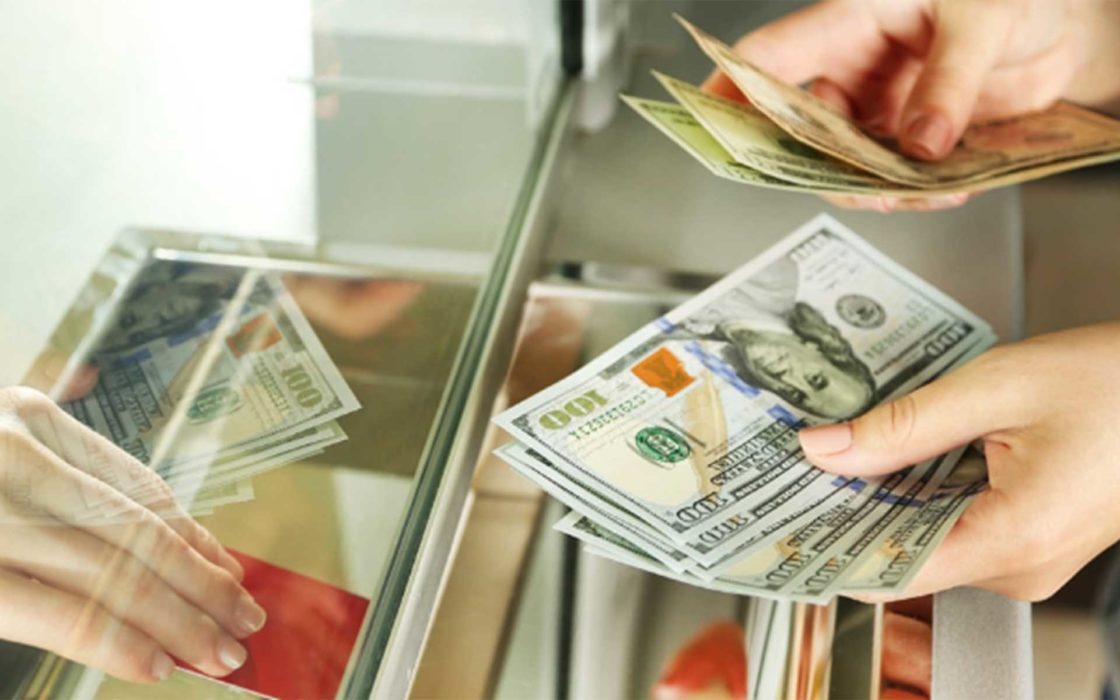The Federal Reserve Bank of St. Louis has expressed its stance on Bitcoin, laying out three qualities that it shares with cold, hard cash.
Earlier this year, the US Internal Revenue Service (IRS) reminded that cryptocurrency transactions are to be taxed just like transactions of any other property. The same release, though, sets a few questions, as the tax collector explains that virtual currencies (not just Bitcoin) function in the same manner as traditional currencies while, at the same time, treating it as property for tax purposes.
St. Louis’ Federal Reserve Bank, however, seems to be a bit more definitive in its statements. In a blog post shared on the bank’s official website, it goes on to outline three distinct similarities between Bitcoin and conventional cash.
Lack of Intrinsic Value
What has no intrinsic value? Both bitcoin and the cash in your wallet. Learn other qualities they share https://t.co/uxwWMHieVS
— St. Louis Fed (@stlouisfed) April 27, 2018
Starting off, the blog post outlines that bitcoin nor cash have any intrinsic value. The bank says that there is a serious and ongoing debate about the characterization of bitcoin and that in no instance does it have any value on its own.
Digital currencies exist as data. The cash in your wallet exists as a blend of 75 percent cotton and 25 percent linen. Neither is inherently valuable.
The statement that data on its own has no essential value raises a few eyebrows, to say the least. As a matter of fact, the issue of data protection is becoming a hot topic in the last few years, especially when it comes to information shared on the Internet. Why would we urge to protect something so rigorously, if it has no inherent value?
Supply is Limited
In order for any currency to maintain its value, its supply needs to be limited in a way. That’s called scarcity. Think of it this way, if you had a dollar and there were only ten dollars in circulation, you’d be holding 10% of the world’s monetary supply. However, if there were trillions of dollars, you’d hold…, well, you get the point.

The blog post goes on to make a case that while the Fed can increase or decrease the monetary base, it doesn’t print money. As of March 21, there was about $1.63 trillion in circulation. $1.59 trillion of it was in issued Federal Reserve notes. Call that scarcity.
Bitcoin, on the other hand, has a cap. It’s not tied to any bank, reserve or institution. It’s capped to 21 million bitcoins which could ever be mined and that’s it. It does seem a bit more on-point on the whole scarcity thing, doesn’t it?
No Middleman
That’s the last point that the Federal Reserve Bank of St. Louis seems to be making.
Cash requires no intermediary to process a transaction. Unlike paying with a credit card or an app, no third party adjusts your account.
There’s no denying that. However, the question remains – when was the last time the FRB of St. Louis issued a $100 million payment in cash? While small-scale, in-person transactions have no issues being carried out without a middleman, the world has become far more complex than that. Not to mention that if one wants to transfer money to another state, country, or continent, if you will, one has to do so using an intermediary of some sort. While the argument can be made that this middleman could be avoided, for the sake of keeping our feet firm on the ground, let’s remain realistic.
Bitcoin, on the other hand, at its essence is intended to be:
A purely peer-to-peer version of electronic cash would allow online payments to be sent directly from one party to another without going through a financial institution.
– Bitcoin whitepaper
Do you agree with the Federal Reserve Bank of St. Louis comparison between cash and bitcoin? Please let us know in the comments below!
Images courtesy of Shutterstock, Wikimedia Commons
The post St. Louis Federal Reserve Bank: 3 Qualities Bitcoin and Cash Share appeared first on Bitcoinist.com.
Powered by WPeMatico
